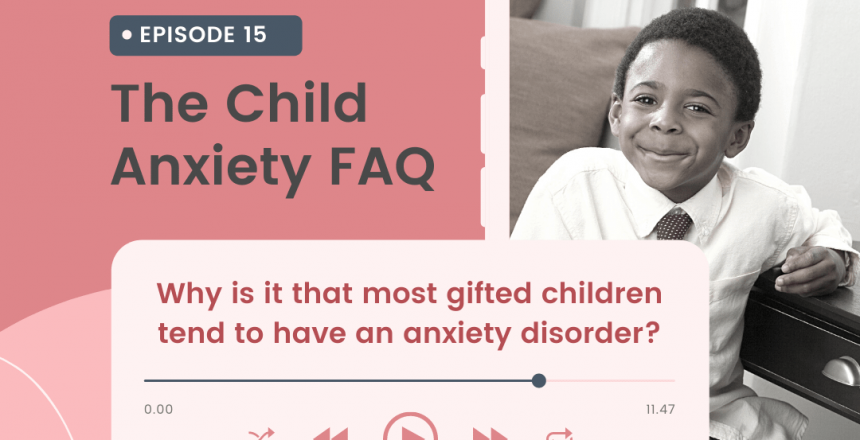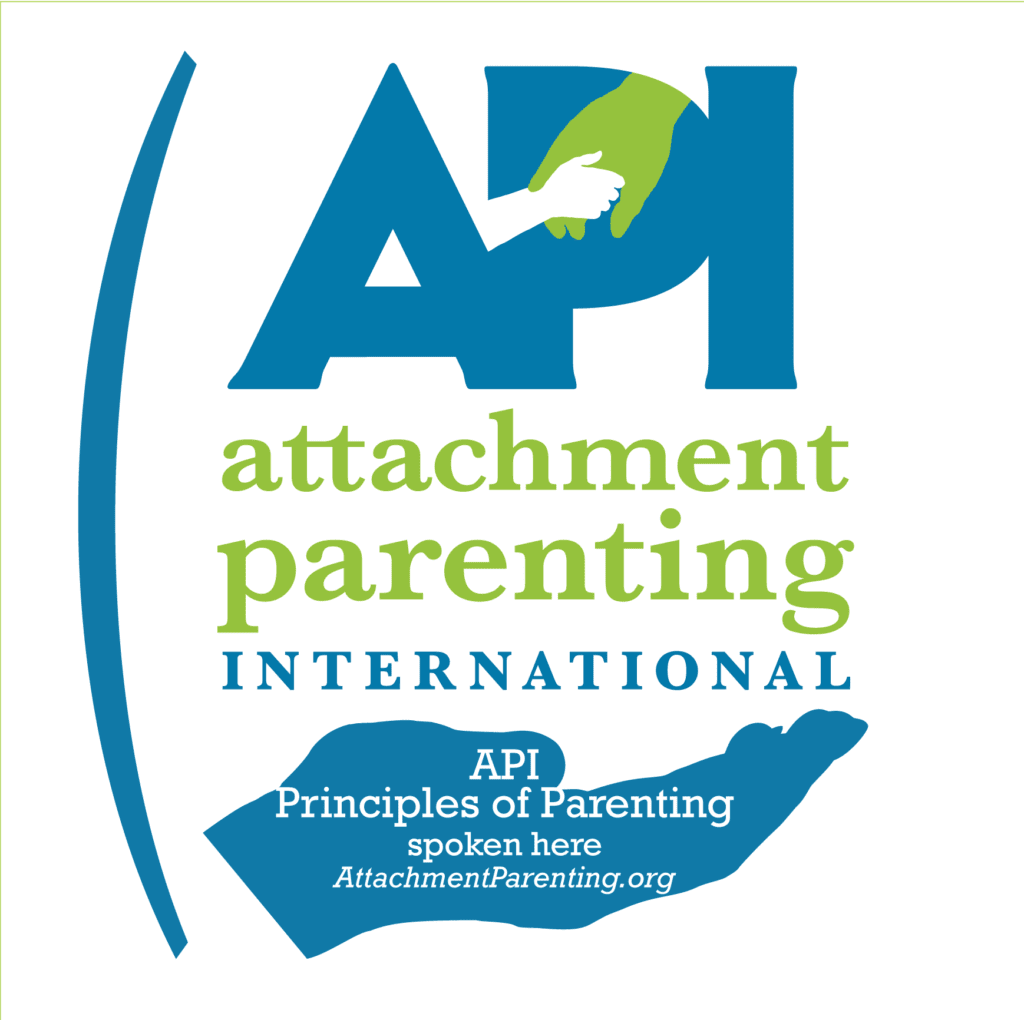Is my child manipulating me?
This week’s question is, “Is my child really anxious? Or are they just manipulating me?” This is one of the questions I ask in the Parenting Pitfalls quiz because it’s one way I assess for patterns of anxiety in a family — that is whether or not people tell you that your child is manipulating you or if you wonder if they’re manipulating you. So let’s talk about that a little bit.
First of all, when people use the word manipulation to talk about a child’s behavior, what I know for certain is that family is struggling. Manipulation is another word for “doing things to get what we want” but it’s a really negative word. The truth is, we all do things to get what we want. We may be extra nice to our boss even if we’re annoyed by them because we want to get a raise. Or we might pretend to like a book we dislike so that other people in our bookclub will think we’re smart.
According to Kohlberg’s moral development, children tend to behave selfishly until around the age of 7. They are reward oriented — behaving in ways that serve them rather than because it’s the right thing to do and they are selfish — looking out for their own self interest rather than ways to serve others. Now I know you’re going to give me examples of your child’s selflessness at younger than seven. It’s not that they don’t do lovely things like give a toy to their sibling, or bring you flowers, or give up the last cookie because their friend is crying — it’s that they do those things because they want to. They want your praise, they want your approval, they want their friend to play instead of cry. This again, is developmentally appropriate. And we help them learn our moral code with that praise and approval. That’s part of the teaching we do.
I’ll tell a story about my daughter here with her permission to illustrate this. When she was about five she figured out that if I said no to something like a popsicle just before dinner, she could get a popsicle by going to her dad and looking very sad and saying, “Gee, I sure wish I could have a popsicle” and he’d say, “Well, go have one then.” Of course she was manipulating him because she wasn’t telling him the whole truth by explaining why she didn’t have one. But that’s typical manipulation. She didn’t know that lying by omission was a thing. We had to tell her that. If anything she was showing some good problem solving and people skills.
From 8 to 13, their moral code is still about meeting rules and getting praise. Kids want approval. They are growing into the idea that morality can be more personal and that the greater good may sometimes mean they will miss out but they definitely haven’t mastered it. Heck, we adults struggle with this so of course we can expect children to still be learning and exploring what it means to behave in a moral manner.
Back to manipulation. Manipulation, as in manipulating people to get your own way, isn’t a moral issue for kids the way it is for us. A child who is anxious and who is avoiding through fight or flight or freeze, is definitely trying to get their own way. If they don’t want to do the scary thing like sleep alone, or talk in class, or go to the baseball game then they may meltdown, cry they may threaten to hurt themselves, they may punch someone or punch a wall and then parents often give in. Is the child being manipulative? Is the child really that scared? That in danger? Or are they pretending to be to get their way?
My take is it kind of doesn’t matter. We need to take threats seriously, always, especially when there is threat of harm. They might be exaggerating their threats but exaggerated threats have resulted in real harm when we don’t take them seriously. They are trying to get us to take their fears seriously and yes, they may blow those fears up so that we will.
That doesn’t mean we help them avoid. It may mean we need to start smaller in addressing their anxiety because the big stuff is too big at the moment. Or it may mean that we need to create a plan that keeps kids and other people and things safe even as we continue to challenge their avoidance. (I will add that when a child blows up their fears so we take it seriously, they are also blowing those fears up for themselves. I don’t know how many of you read Anne of Green Gables. But there’s a chapter where she’s imagined a haunted forest and she’s done such a good job of imagining it that she is terrified to walk through the woods. Her imagination has run away with her. Our anxious kids do this, too. And sometimes that manipulative behavior may raise things to another level not just for us but for them.)
So I guess what I’m saying is that the question isn’t helpful because a child can be both anxious and manipulative and being manipulative doesn’t mean that your child’s struggle isn’t real.
When things get to this level of crisis, it’s time to get help. This is just such a difficult place to be as a parent and as the child or teen whose behaviors have become so damaging.
If you’re curious where your family falls in the Parenting Pitfall quiz, which is about the family patterns that keeps us stuck in child or teen anxiety, I’d love for you to come by the site and take the quiz. If you have questions about your results, let me know. You’ll also have the opportunity to sign up for the free Get Yourself Grounded email course when you complete the quiz but you don’t have to fill anything out — like your name or email — just to take it or to get the results.




